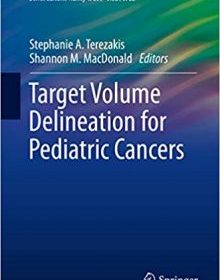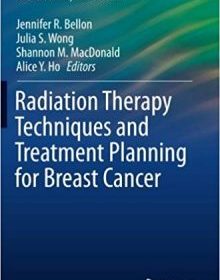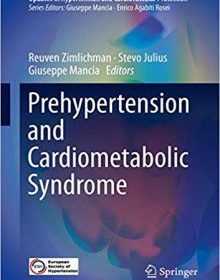Target Volume Delineation for Pediatric Cancers

Target Volume Delineation for Pediatric Cancers
This handbook is designed to provide the radiation oncologist with clear practical guidance in the delineation of tumor volumes and/or radiation fields for a wide variety of pediatric cancers, including the most frequently encountered malignancies of childhood. This is a guide to designing treatment fields and volumes that may be utilized in the delivery of conformal therapies such as intensity-modulated radiation therapy and proton therapy, the latter being particularly relevant in children. Each chapter focuses on a specific tumor type, providing general guidelines that will assist the reader in delineating the clinical target volume for particular presentations, including patterns of spread. As the target volumes can be complex, detailed illustrations are presented of the volumes in representative cases, contoured slice by slice on the planning CT images. In addition to target volume delineation for conformal treatment, field design setup for conventional approaches is also discussed.



















